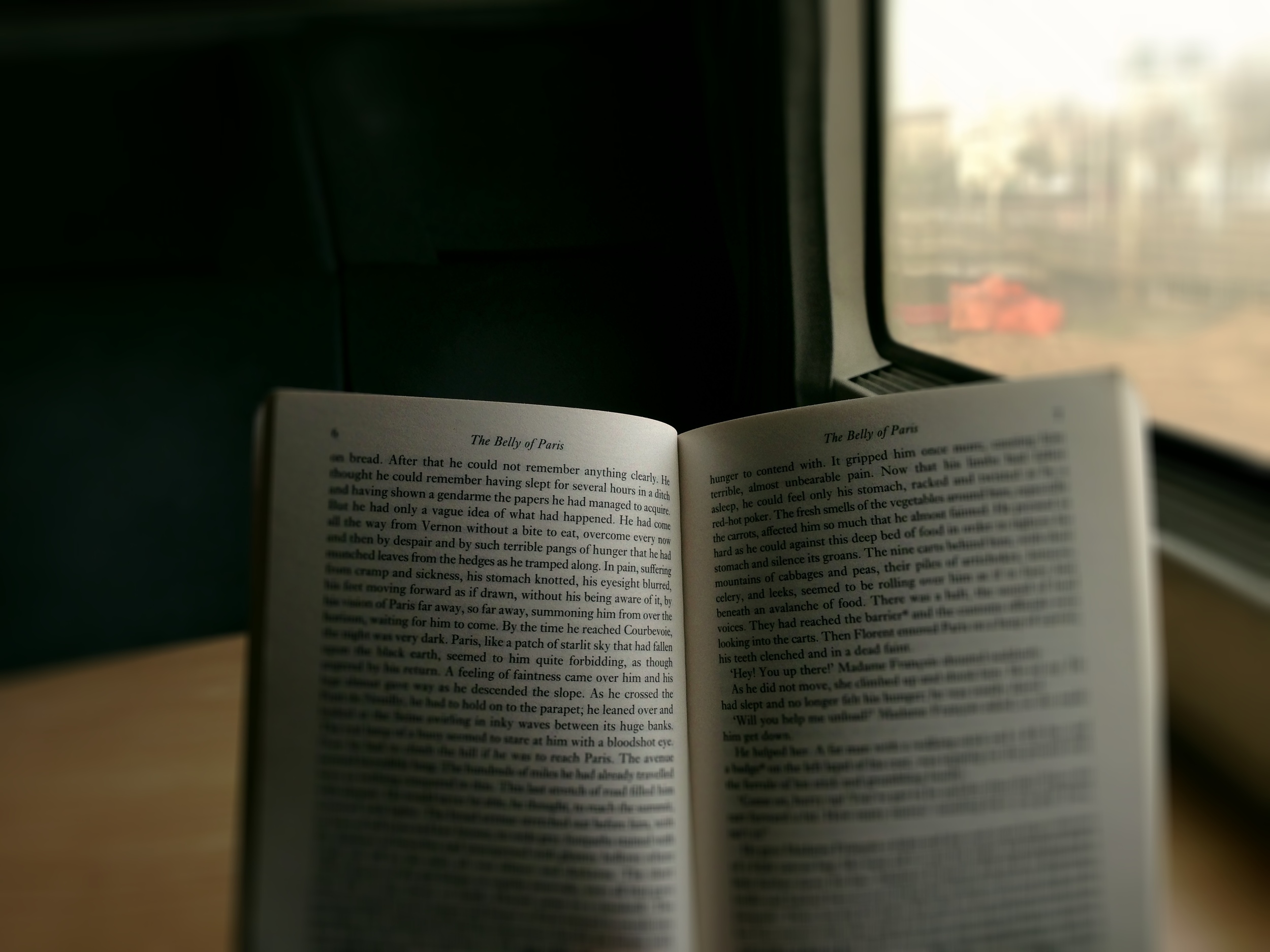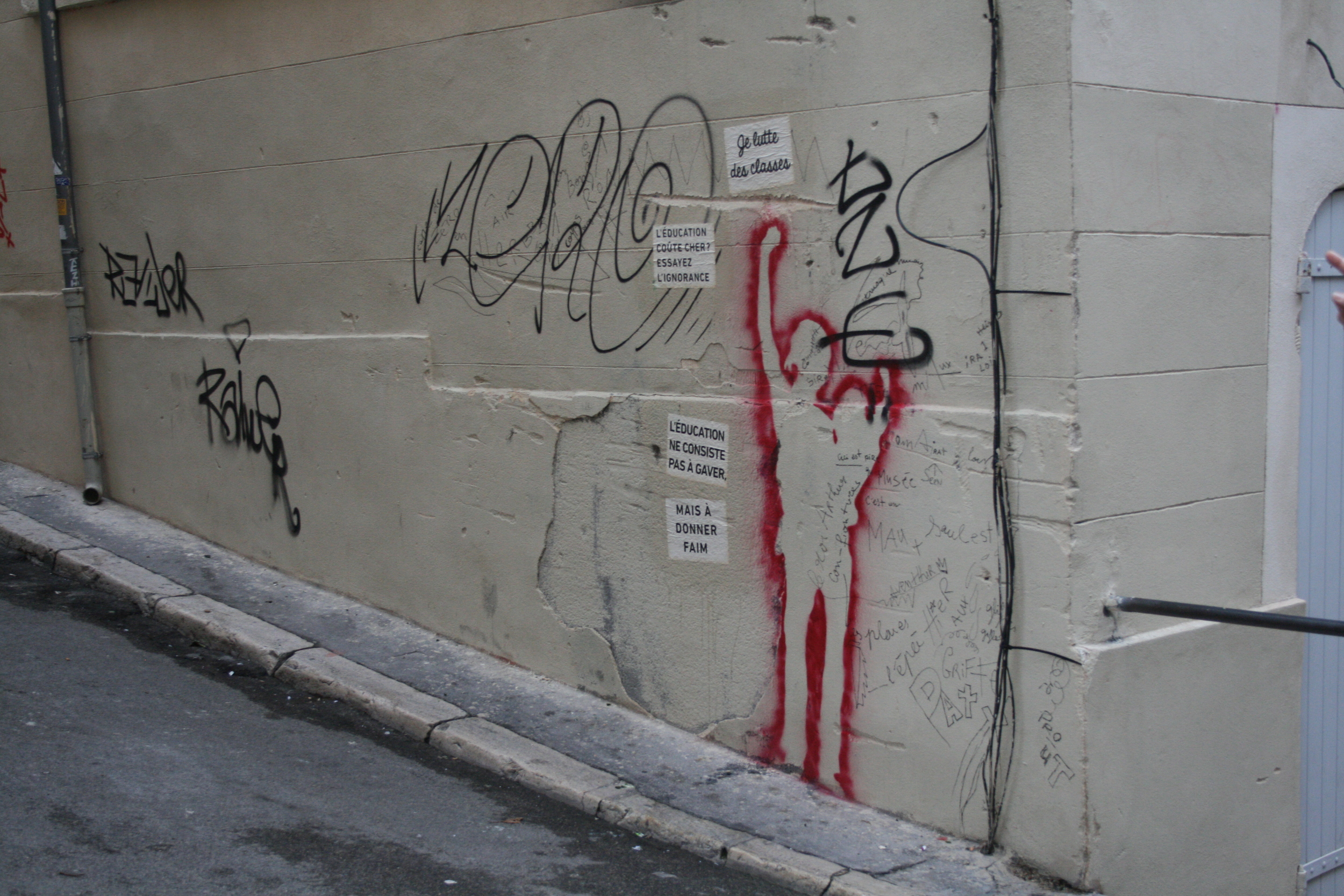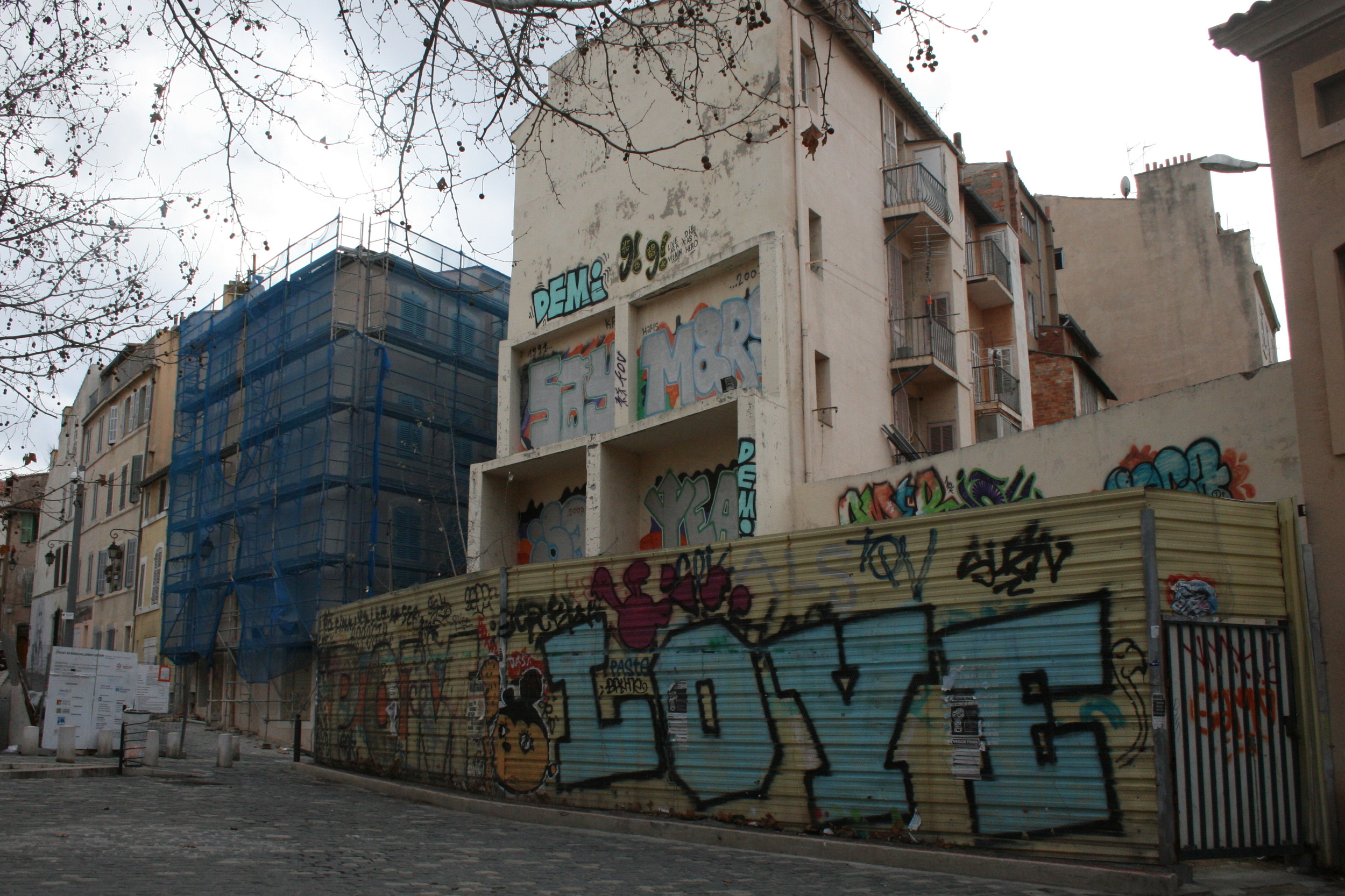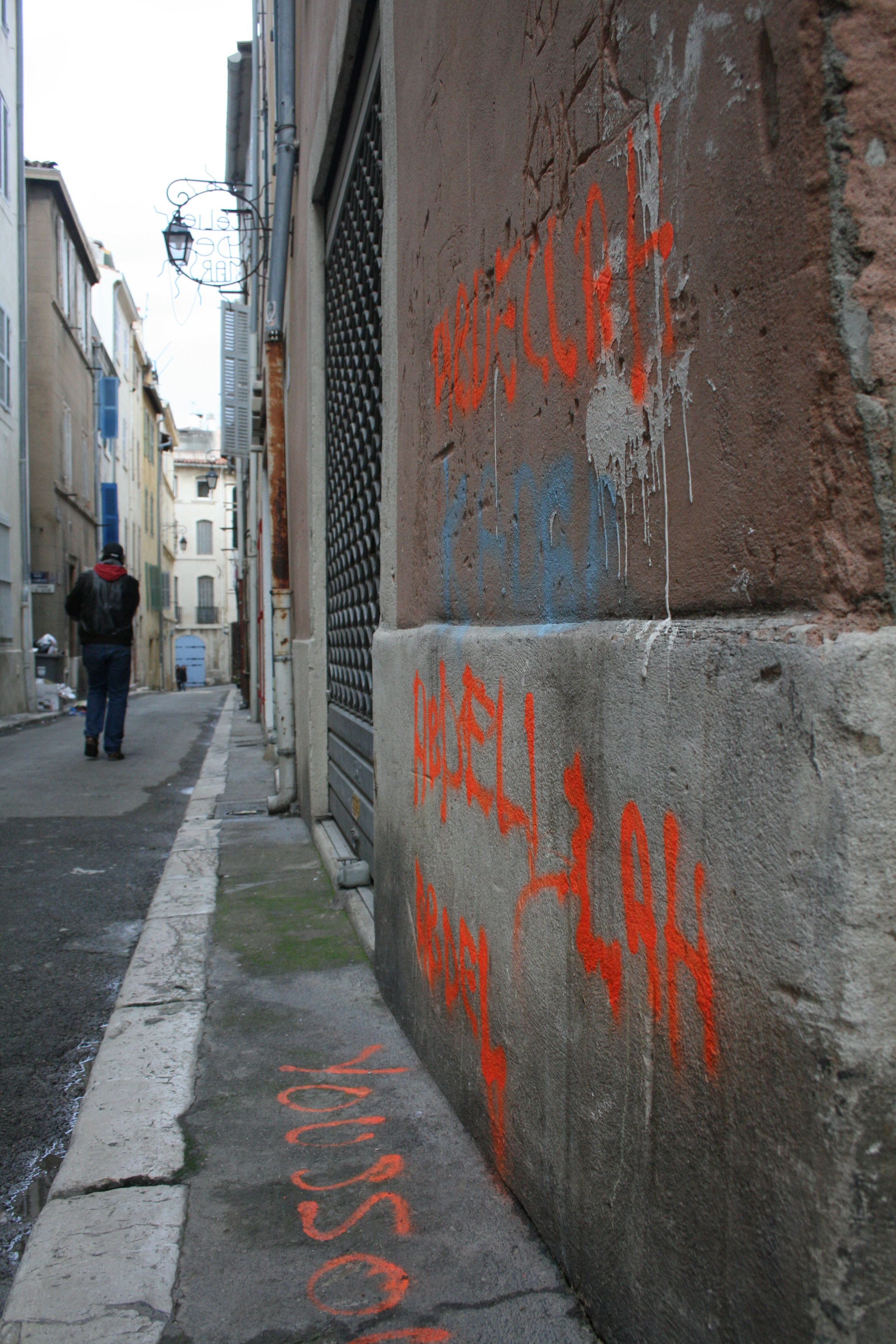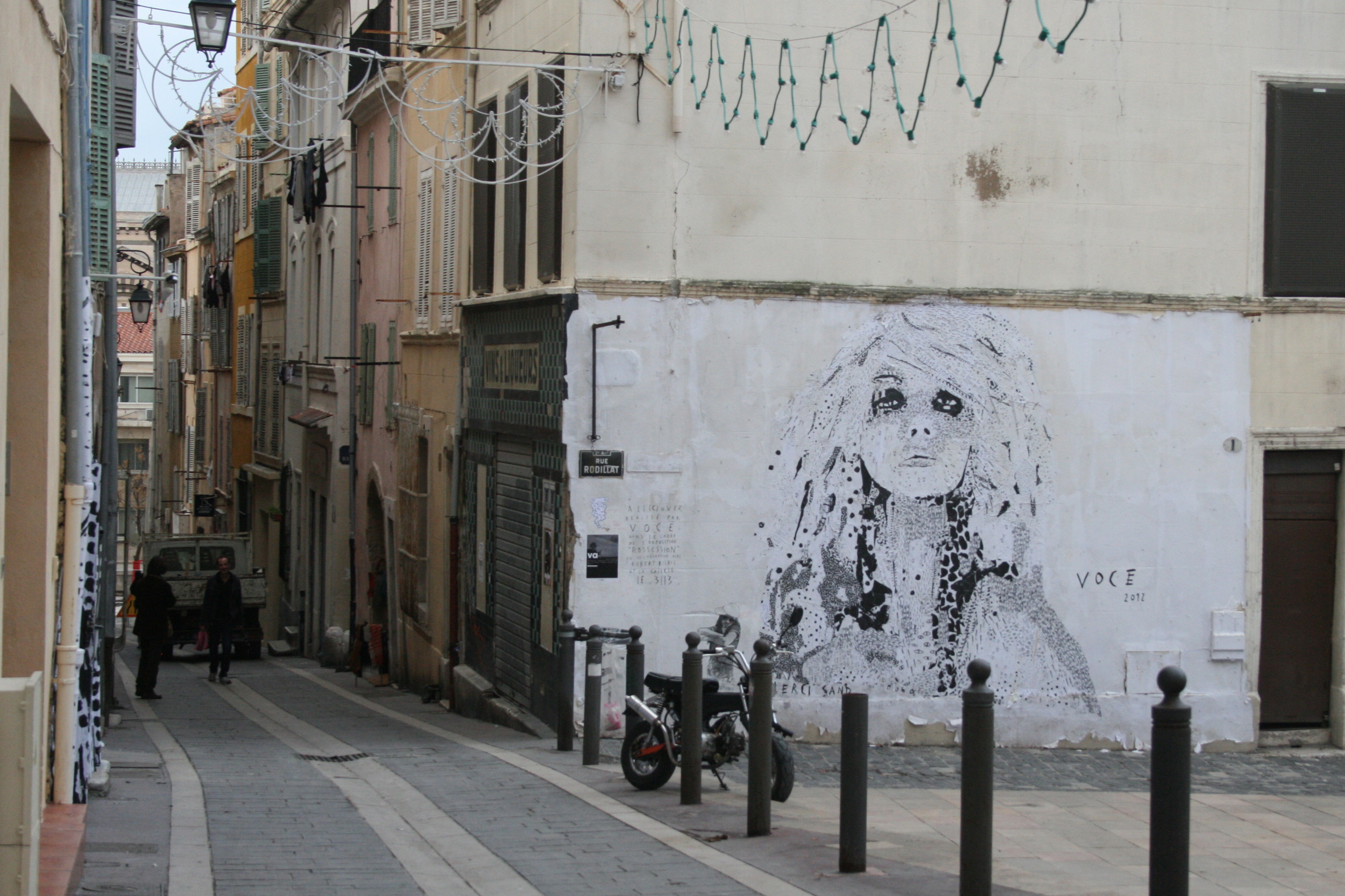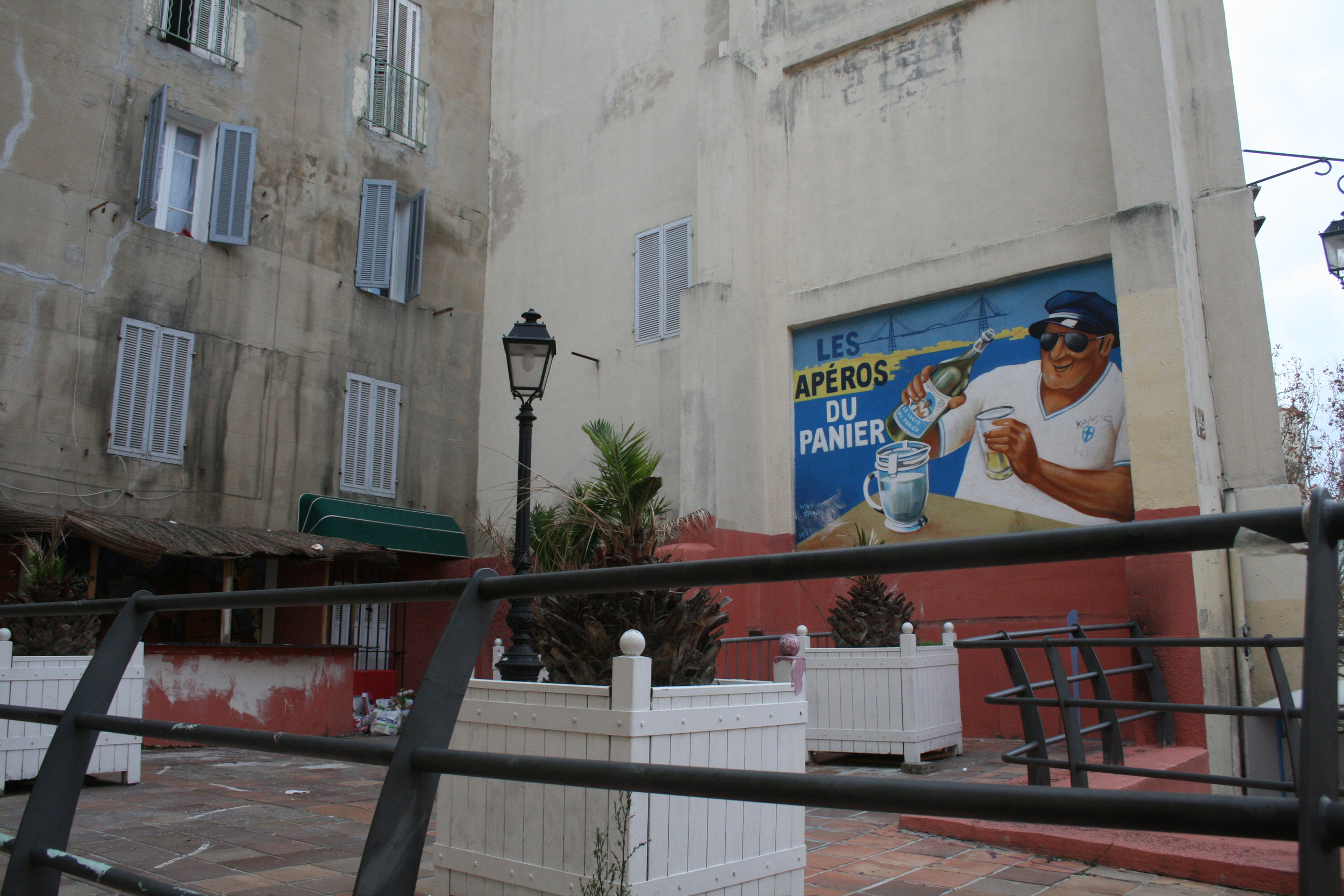Well, this is a rarity.
I needed to get away from Paris. Work was tiresome; my recent move to a new apartment was tinged with regret; I was having mixed feelings about the imminent end of school and beginning of my 40+ hour/week unpaid internship; not to mention planning my 3-month summer trip had given me insatiable wanderlust.
Leaving Saint Lazare station at noon on one of the clearest, brightest days we've had recently, I took the opportunity of having the compartment to myself to do something that doesn't often happen: I read a book. (A physical one, mind you, with real pages). Immersed in Émile Zola's mid-19th century vision of Paris, the first two hours passed quickly. Only when I disembarked in Lison to make a connecting train did I learn that there was a problem; a union strike had disrupted service, meaning that the closest I could get to my ultimate destination was about halfway there.
Suddenly I was reminded of spring break during my first year at university, when I traversed the east coast to visit high school friends in Boston, New Haven and New York. Everything went smoothly until leaving Newark airport, when a delay caused me to miss my connection to San Francisco. And because I had purchased the tickets on a third-party website, the airline initially refused to re-route me. Frustrated, tired, alone and ready to go home, I was forced to spend the night in Pittsburgh. (The airline at least paid for the food and hotel, I'll give them that).
As a meticulous planner, I felt a little like a cartoon character who's just had the rug pulled unceremoniously out from under her. Luckily, this time I had the saving grace of the English-speaking owner of the bed and breakfast I had made reservations at. When I called to explain the situation she pulled up the bus schedule (incidentally also interrupted that day), and calmly dictated a new route. While I had missed the last bus to Pontorson, she told me, I could get to the next town and continue the following morning to Mont Saint-Michel. Afterwards her husband would pick me up and take me to the inn.
The irony was not lost on me that my mid-week getaway to what used to be a pilgrimage site in medieval times had turned into an unexpected journey in itself. Was it worth it? More on that next time.
MSM from the causeway; I did get there eventually.
